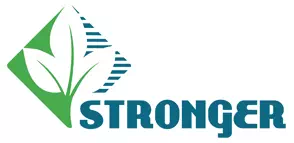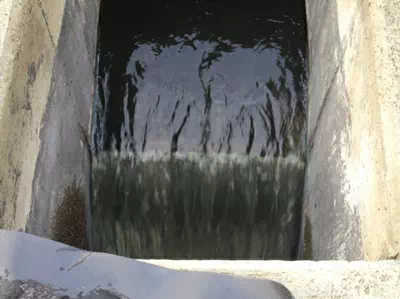

NPDES Permits EPA or an authorized state agency issues two basic types of NPDES permits to ensure protection of the receiving water from direct or indirect discharges:
The permitting process is different depending on whether the facility is applying for an individual permit or a general permit. For individual permits:
The permitting agency can determine there is a need for a General Permit. For example, if there are several hundred facilities with similar industrial activities, similar discharges, and the permit conditions for each of these industrial activities are the same. For General Permits:
NPDES permits protect waters of the United States by placing effluent limitations on discharges. These limitations come in two forms: The intent of technology-based effluent limits in NPDES permits is to require a level of treatment of pollutants for point source discharges based on available treatment technologies, while allowing the discharger to use any available control technique to meet the limits. For industrial (and other non-municipal) facilities, technology-based effluent limits are derived by:
Water quality based standards are the foundation of the water quality-based control program mandated by the Clean Water Act. Water quality standards define the goals for a waterbody by designating its uses, setting criteria to protect those uses, and establishing provisions to protect water quality from pollutants. A water quality standard consists of four basic elements:
If a NPDES permit writer determines that technology-based effluent limits are not sufficient to ensure that water quality standards, designed to protect the water quality, will be attained in the receiving water, they must develop water quality-based effluent limits designed to ensure that water quality standards will be attained. In addition, under CWA §402(o), EPA permit writers cannot allow water quality backsliding; NPDES permits cannot be reissued with effluent limits that are less stringent than current permit limits.
|
Funded by EPA through a Cooperative Agreement
|
 |
||
About | Technical Topics | Federal Statutes & Regulations - US EPA | Federal Statutes & Regulations - Non-EPA | Emergency Response |
|
EPA Resources | State/Local Resources | Other Resources | Acronyms | Search | Disclaimer | Home




